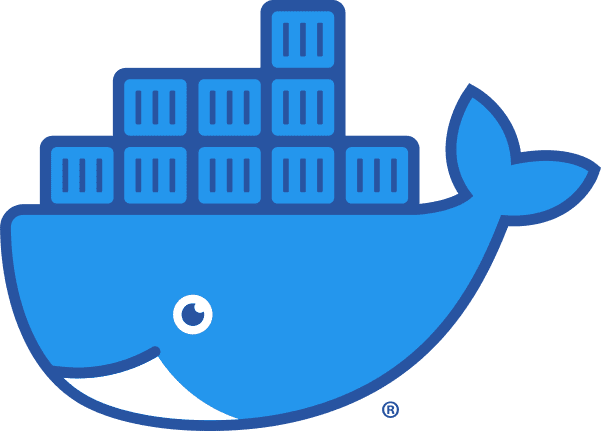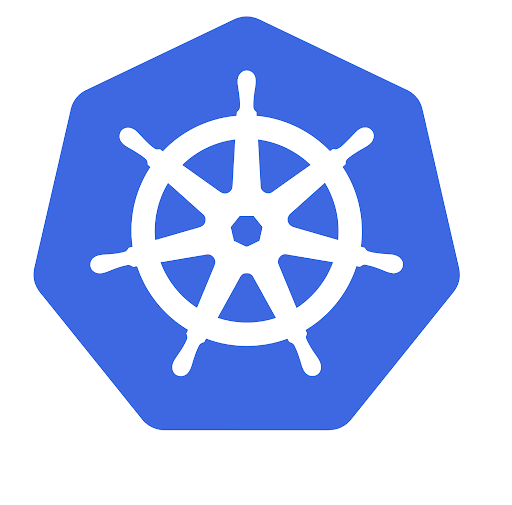Use a representative environment
Execute benchmarks on an environment that reflects your production environment. Benchmarking on the wrong environment can easily lead to an order-of-magnitude performance difference. For example, on a laptop you might see 20K OPS while on a dedicated server you could easily achieve 200K OPS. Unless you have your production system running on a laptop, do not benchmark on a laptop.
We recommend automating your benchmarking with tools like Terraform/Ansible so you can more easily repeat the benchmark test.
If you are using shared hardware in a containerized/virtualized environment, be aware that one guest can increase latency in other guests.
Also, make sure you do not underprovision load generators, otherwise the load generators themselves will be the bottleneck.
Use a representative data model
Tools such as cassandra-stress use a default data model that does not completely reflect what actions you will perform in production. For example, the cassandra-stress default data model has a replication factor set to 1 and uses the LOCAL_ONE as a consistency level.
Although cassandra_stress is a convenient way to get some initial performance impressions, it is critical to benchmark the same/similar data model that you will use in production. We therefore recommend that you use a custom data model. For more information refer to the user mode section in our documentation.
Use representative datasets
If you run the benchmark with a dataset that is smaller than your production data, you may have misleading or incorrect results due to the reduced number of I/O operations. Therefore, it is critical to configure the size of the dataset to reflect your production dataset size.
Use a representative load
Run the benchmark using a load that represents, as closely as possible, the load you anticipate having in production. This includes the queries submitted by the load generator. When you use the right type of queries, they are distributed over the partitions and the ratio between read/write remains relatively constant. The read/ write ratio is important due to the overhead of compaction and finding the right data on disk.
Proper warmup & duration
When benchmarking, it is important to give the system time to warm up. This allows the database to fill the cache. In addition, it is critical to run the benchmarks long enough so that at least one compaction is triggered.
Latency test vs throughput test
When performing a load test you will need to differentiate between a latency test and a throughput test. With a throughput test, you measure the maximum throughput by sending a new request as soon as the previous request completes. With a latency test, you pin the throughput at a fixed rate. In both cases, latency is measured.
Most engineers will start with a throughput test, but often a latency test is a better choice because they know the desired throughput, e.g. 1M op/s. This is especially the case if your production system must meet a specific SLA. For example, the 99.99 percentile should have a latency less than 10ms.
Coordinated omission
A common problem when measuring latencies is the coordinated omission problem, which causes the worst latencies to be omitted from the measurements and, as a consequence, renders the higher percentiles useless. A tool like cassandra-stress prevents coordinated omission from occurring.
Read more here


